
|
|
ENCYCLOPEDIA OF RADIO ELECTRONICS AND ELECTRICAL ENGINEERING Vintage lathes. Encyclopedia of radio electronics and electrical engineering
Encyclopedia of radio electronics and electrical engineering / Ham Radio Technologies This ancestor of modern lathes is called alternative - from the Latin word "alternare" - "alternate". It is still quite suitable for simple turning work today. A wooden round blank is clamped between two stops. One of them is mobile.
Fig. 1 40 mm boards are used; the bed is glued with carpentry glue and retinue with nails; to move the tailstock, unscrew the bolt
Rice. 2: 1 - string (spring) (the string can be replaced by a tension spring); 2 - flexible stick; 3 - holder; 4 - bed; 5 - workpiece; 6 - hole; 7 - stand for the cutter; 8 - pedal; 9 - roller An elastic wooden or metal arc resembling a bow is fixed above the machine. A rope is tied to the bowstring, which wraps around the blank twice, goes down and is attached to the pedal. When you press the pedal, the rope stretches and turns the part around the axis - this is a working stroke, you can cut it. Releasing the pedal returns the rope, and with it the part, to its original position - this is an idle move. The cutter is held in the hand, placed on a stand. The machine bed consists of three main parts: the front and rear headstock and the base. They are sawn from a 40mm board. The movable and fixed stops are made of M16 bolts and fixed in the uprights at the same height. File sharpen the bolts on the cone. Drill a hole in the front strut, insert the bolt and secure it with a lock nut. Make a hexagonal recess in the tailstock with a chisel. Put a hook in it. To prevent the nut from falling out of the socket, screw the metal plate on the front side with screws. Now the stop can be screwed in and out by changing the distance between the centers. Clamping the blank in the centers, secure the bolt with a self-locking nut. If you don’t have one, take a regular nut and apply notches on its end with a file or a hacksaw. The tailstock can move along the top bar of the base. Holes are drilled in the bar. To move the headstock, it is necessary to unscrew the mounting bolt from the hole, rearrange it into a new socket and fix it. The base is glued from two bars. An elongated hole for the rope is drilled and cut out in it. Any table can serve as a bed. Author: A.Klapouh Whether furniture or other crafts are made of wood, the home craftsman has a desire to decorate them with figured reliefs, overhead convex patterns ... This is where a lathe would come to the rescue. But a store bought today is expensive. Doing it yourself is another matter. The Bulgarian magazine "Mlad Konstruktor" offers to recall the simplest design that our grandfathers used. It is attractive in that it is available for manufacturing to almost everyone, does not have complex knots and does not require any scarce materials. And the possibilities, despite the "old times", are no worse than those of any purchased option: after all, all the beautiful examples of folk wooden art that we admire in local history and ethnographic museums were created on approximately the same machines.
The first thing you pay attention to when looking at the proposed design is that it does not have any motor. The drive is a foot pedal and a crankshaft connected by a hinged metal (although it can be wooden) rod. A flywheel is mounted on the crankshaft, which contributes to the uniform rotation of the workpiece, sandwiched between the headstock shank and the tailstock cone. As a flywheel, for example, a massive wooden circle (a cut of a trunk of a suitable diameter) or a disk typed from thick boards (in two or three layers) is suitable, respectively processed with a hacksaw, files and sandpaper. From the flywheel, rotation is transmitted by means of a leather or rubber-fabric belt (or cord) to the headstock drum. Since the latter has the same diameter along its entire length, the change in the speed of rotation of the workpiece depends only on the operation of the pressure pedal. If the drum is made in the form of a series of pulleys of different diameters, the desired speed can be obtained by simply throwing the belt. However, then it will be necessary to come up with a device for tensioning the belt when transferring it from a larger pulley to a smaller one.
To connect the listed parts and assemblies into a single structure, wooden racks are used, which in turn rest on wooden thrust bearings. Both the racks themselves and the thrust bearings are made of identical boards with a thickness of 20 ... 25 mm. The longitudinal strength of the structure is given by the lower and upper ligaments. On one of the lower ones - the one that is longer, uniting all three racks (from a pipe or a bar), a pedal is hinged. And above it, on the upper bundle (a board, like the racks, but half their width), a caliper is installed on which the processing tool will rest: a chisel, chisel, file or grinding block. The caliper can move horizontally and be fixed in the right place thanks to the eccentric located below with a handle. All parts of the caliper are made of solid wood. The basis of the node is an H-shaped body; it can be made entirely or from bars. A support for the tool (bar) is inserted into the upper groove, and the bottom one slides along the bar of the upper coupler of the machine. The eccentric fixing its position is a metal disk with a square hole displaced from the center; the same hole is at the handle bar. The rod-axis included in them has the same square section as the middle part of the headstock shaft, where the drive drum is installed. The head of the headstock ends with a tooth holding the workpiece. The crankshaft is made of a steel bar with a diameter of at least 10 mm. A sleeve is placed on its shank - to protect the wooden rack at the point of rotation of the threaded part. The connection of the racks with the thrust bearings and the landing of the pedal are clear from the drawings. The tailstock in the hole of the rack can be without an additional protective sleeve, since it has only a conical nozzle as its rotating part. The main part - the axis - is an M8 bolt with a wing nut and a washer that abuts against the rack when the part is clamped; the end of the bolt is pointed to facilitate the rotation of the headstock (an embedded steel ball can be used instead). The workpiece should not be rectangular, otherwise an inexperienced "turner" will not get hurt for long, because the tool is not fixed, it is held only by the hands and the support of the caliper. Therefore, the latter should be fed to the place of turning gradually and very carefully. If you have to grind the bar, then you must first round it with a coarse file (you can use the same machine), and only after that use the cutters. Sawing the finished turned part in half, we get two beautiful embossed linings for decorating flat wooden furniture panels, window frames or shutters in the country, various frames, built-in wardrobes, doors. Before fastening, such blanks are carefully processed with sandpaper, stain (before varnishing) or painted with oil or enamel paint.
Artificial leather for touch emulation
15.04.2024 Petgugu Global cat litter
15.04.2024 The attractiveness of caring men
14.04.2024
▪ Plants sense and react to root temperature ▪ Super low sounds make people dance ▪ Light will replace electrons in the computers of the future ▪ High Efficiency Buck Switching Regulators
▪ site section Clocks, timers, relays, load switches. Article selection ▪ article Warm the snake on the chest (in the bosom). Popular expression ▪ article What are chastity belts for? Detailed answer ▪ article Posting ads. Job description ▪ article Band filters for HF bands. Encyclopedia of radio electronics and electrical engineering ▪ article Automatic starter-charger. Encyclopedia of radio electronics and electrical engineering
Home page | Library | Articles | Website map | Site Reviews www.diagram.com.ua |






 Arabic
Arabic Bengali
Bengali Chinese
Chinese English
English French
French German
German Hebrew
Hebrew Hindi
Hindi Italian
Italian Japanese
Japanese Korean
Korean Malay
Malay Polish
Polish Portuguese
Portuguese Spanish
Spanish Turkish
Turkish Ukrainian
Ukrainian Vietnamese
Vietnamese
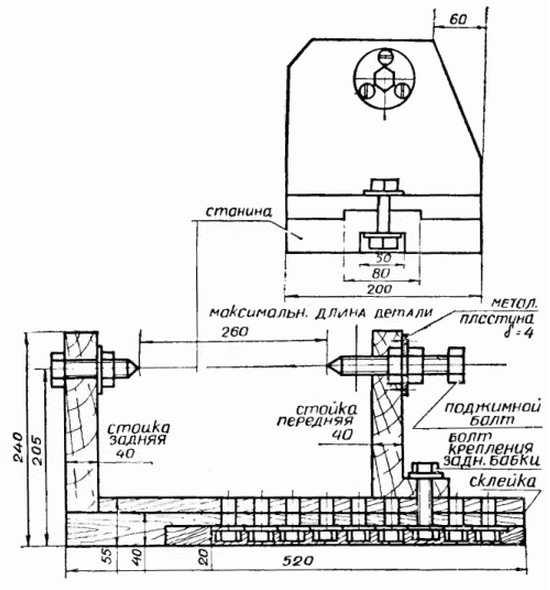

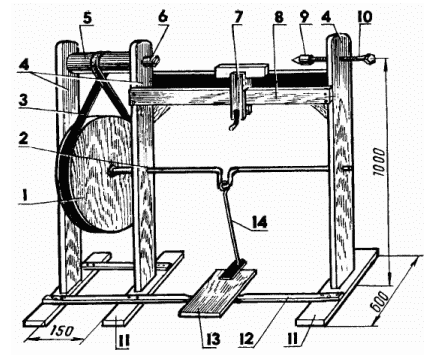
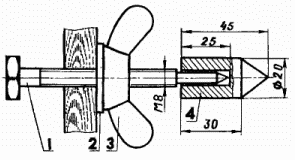

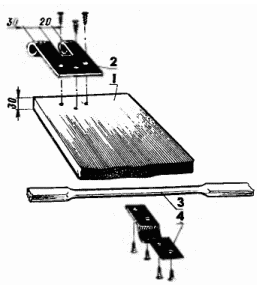


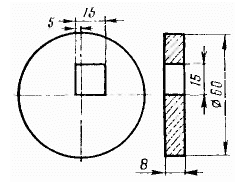
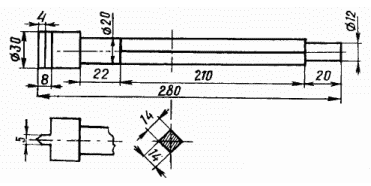
 Leave your comment on this article:
Leave your comment on this article: